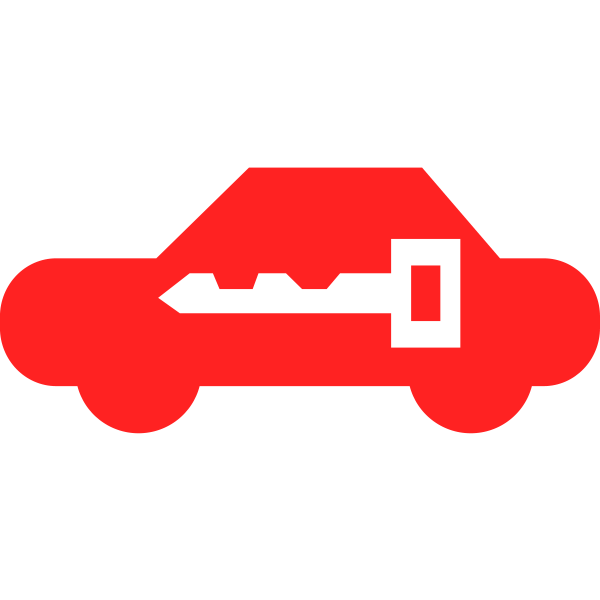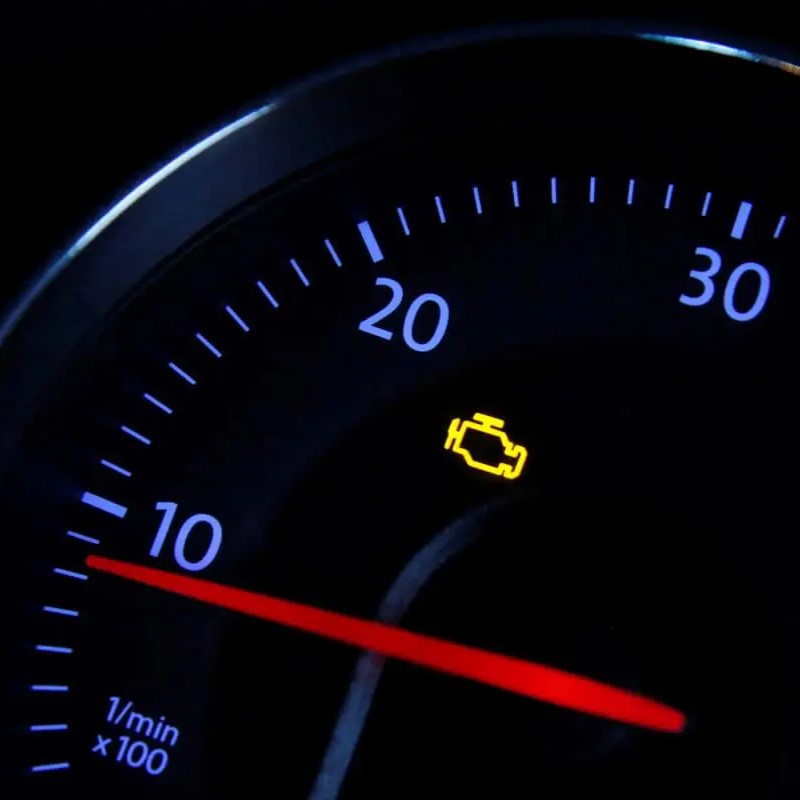Imagine cruising down the highway, enjoying the scenery, when a bright yellow light suddenly illuminates your dashboard. It depicts a car skidding – a symbol that sends a jolt of panic through you. This is the dreaded “swerving light,” and while its appearance can be alarming, understanding its meaning can empower you to react safely.
There are two main reasons your car might display the swerving light:
- Traction Control System Engaged: The most common culprit is the traction control system (TCS) kicking in. TCS acts as an electronic guardian angel, constantly monitoring your wheels’ grip on the road. When it detects a loss of traction, like on wet or icy surfaces, it automatically reduces engine power or applies individual brakes to regain control. The swerving light serves as a visual cue, informing you that TCS is actively working to prevent a skid.
In this scenario, the light shouldn’t cause undue worry. It simply indicates the system is doing its job. However, it’s a reminder to adjust your driving to the conditions. Slow down, maintain a safe following distance, and avoid any jerky maneuvers.
- Traction Control System Malfunction: Less frequently, the swerving light might signify a malfunction within the TCS itself. This is a more serious situation, as it means the system may not be functioning properly. Other symptoms like a loss of power or difficulty steering might accompany the light.
If you suspect a malfunction, don’t ignore it. Pull over to a safe location as soon as possible and turn off your engine. Consult your car’s owner’s manual for specific troubleshooting steps and consider scheduling a service appointment with a qualified mechanic.
Here’s a helpful tip: Differentiate between the two scenarios by observing the light’s behavior. If it flashes momentarily and then disappears, it likely signifies TCS engagement. However, a constantly illuminated light suggests a potential malfunction.

Beyond the Swerving Light: Other Warning Signs
While the swerving light is a crucial indicator, it’s not the only one to pay attention to. Your car’s dashboard is a communication hub, relaying vital information through a series of warning lights. Familiarize yourself with these symbols to ensure you can react appropriately:
- Anti-lock Braking System (ABS) Light: This light, often depicted by encircled wheels with jagged edges, signifies a problem with the ABS system. ABS prevents wheel lockup during hard braking, allowing you to maintain steering control. If this light illuminates, exercise caution while braking and seek professional assistance.
- Tire Pressure Monitoring System (TPMS) Light: A horseshoe with an exclamation point represents the TPMS. This light indicates an underinflated or overinflated tire. Uneven tire pressure can affect handling and fuel efficiency. Check your tire pressure as soon as possible and inflate them to the recommended level (found on a sticker inside the driver’s doorjamb).
- Check Engine Light: This universally recognized symbol, often resembling an engine block, signifies a detected issue within the engine’s management system. The severity of the problem can vary greatly. While it might not necessitate immediate roadside assistance, it’s crucial to get your car diagnosed by a mechanic.

Maintaining Peace of Mind: Preventive Measures
By taking proactive steps, you can minimize the chances of encountering a swerving light situation:
- Regular Maintenance: Regular servicing ensures your car’s systems are operating optimally. Schedule routine maintenance checks as recommended by your car’s manufacturer.
- Tire Care: Proper tire inflation and tread depth are crucial for maintaining traction. Regularly check your tire pressure and replace worn-out tires.
- Seasonal Adjustments: Adapt your driving to the weather conditions. Slow down during rain, snow, or fog, and avoid harsh maneuvers.

Integration with other safety systems for improved road safety
The car swerving light, a beacon of potential danger, serves as a crucial warning for drivers. But what if it could be even more effective? Enter the realm of integrated safety systems, where the swerving light isn’t a lone soldier, but part of a collaborative network working towards a common goal: preventing accidents.
Beyond the Light: A Symphony of Safety Systems
Imagine a scenario where your car detects a loss of traction, triggering the swerving light. Simultaneously, the Anti-lock Braking System (ABS) kicks in, preventing wheel lockup during braking. Additionally, the Electronic Stability Control (ESC) adjusts engine power and applies individual brakes to regain control, all while the swerving light flashes, urging you to stay calm.
This interconnected symphony of safety systems exemplifies the power of integration. By sharing data and working together, they create a more comprehensive safety net for drivers. Here’s a closer look at some key integrations:
-
Swerving Light & ABS: When the swerving light illuminates due to TCS activation, the ABS system can be alerted to stand by. If the driver brakes heavily in response to the warning, the ABS can seamlessly engage, preventing skidding and maintaining steering control.
-
Swerving Light & ESC: Similar to ABS, the ESC can be prepped for action when the swerving light indicates a potential loss of traction. This allows for a quicker and more coordinated response when the driver needs course correction.
-
Swerving Light & Forward Collision Warning (FCW): Imagine the swerving light illuminating due to a near miss with another vehicle. The FCW system, already tracking surrounding objects, can leverage this information to issue an audible or visual warning, further urging the driver to take corrective action.
The Benefits of a United Front
Integration between the swerving light and other safety systems offers several advantages:
-
Faster Reaction Times: By sharing data and anticipating potential dangers, systems can react quicker, providing drivers with a crucial window of opportunity to regain control.
-
Reduced Driver Workload: With multiple systems working in concert, the driver is bombarded with less information overload. The swerving light acts as a single, clear indicator of a potential issue, simplifying the decision-making process.
-
Enhanced Overall Safety: The combined efforts of these systems create a more robust safety net, minimizing the risk of accidents and mitigating the severity of collisions that do occur.
The Road Ahead: A Collaborative Future
The future of car safety lies in even deeper integration. Imagine vehicles that not only communicate with their own internal systems but also “talk” to other cars on the road. This Vehicle-to-Everything (V2X) technology could revolutionize road safety by allowing cars to warn each other of hazards, like slippery roads or sudden braking, further enhancing collective awareness.
The swerving light, once a solitary warning, is poised to become a conductor in a grand symphony of safety. By integrating with other systems and embracing future technologies, we can create a safer and more secure driving experience for everyone.

The Final Word: Knowledge is Power
The swerving light might appear daunting at first, but by understanding its meaning and maintaining your car, you can transform it from a source of panic to a valuable safety tool. Remember, a little knowledge goes a long way in keeping you and your loved ones safe on the road. If you ever encounter a situation where you’re unsure about a warning light or how to react, don’t hesitate to pull over and consult your owner’s manual or seek professional assistance. After all, a safe journey is the most important destination.






